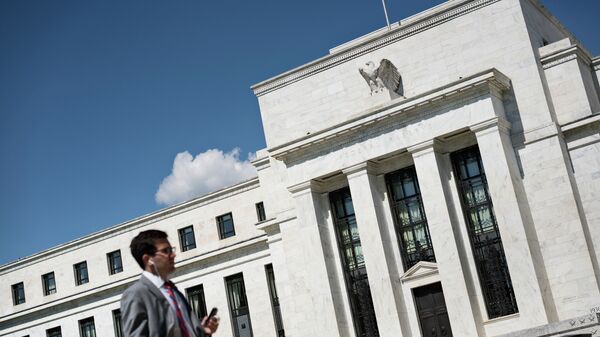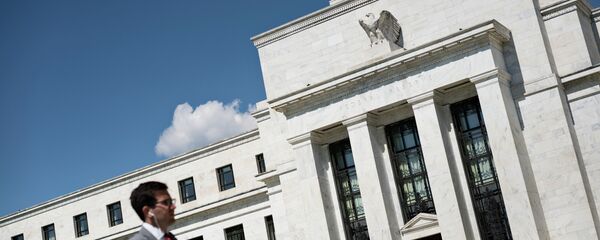However, as US economic growth was just above 1 percent last quarter, and the outlook on further economic expansion in unclear, Fed policymakers are divided in opinion on the pace of interest rate hikes.
The Federal Reserve typically tightens its monetary policies when the US economy is gaining momentum: higher interest rates help prevent asset bubbles in the financial market, and they also contribute to the bank operational profitability in times of higher employment, rising wages and inflation.
Yet, the current Fed tightening cycle is only motivated by the labour market’s strength out of all macroeconomic fundamentals, with US unemployment at its multi-year low of 4.3 percent. A more important reason for the Fed to raise rates further is the US government’s plans to implement accommodation on the fiscal side, in the form of tax cuts and greater budget spending, and normalcy in monetary conditions is a must.
Federal Reserve policymakers have different opinions over the pace of further monetary tightening. Whilst some suggest the central bank should remain data-dependent in their policy adjustment, other say the Fed should stay on course normalising the monetary policies quicker so that the government, when ready, could implement the fiscal package without further delays.
President of the Federal Reserve Bank of Cleveland Loretta Mester said the US economy is in ‘pretty good’ shape, advocating further hikes in base borrowing costs. She emphasised that US inflation could get out of control and create the hazard of a recession unless the central bank moves the rates back to normal.
Monetary tightening is "meant to keep the economy healthy, not to slow down the expansion," Mester said on Friday. "The underlying economic fundamentals are pretty good right now."
Meanwhile, President of the Federal Reserve Bank of St. Louis James Bullard insist that the central bank should wait and see whether the USmacroeconomic fundamentals post further improvement before raising rates again.
"Recent inflation data have surprised to the downside and call into question the idea that US inflation is reliably returning toward target," Bullard pointed out. "The FOMC (Federal Open Market Committee) can wait and see how key macroeconomic developments play out in the quarters ahead."
Partisan politics in Washington do not make it any easier for the White House on top of that all, meaning the US economic reform is likely to go all swings and roundabouts, and might get painful at times, in the form of a short recession even, should worst come to worst.
In May, new home sales in the US surpassed earlier forecasts, whilst price pressures (inflation) showed an increase in June from May’s 1.7 percent year-on-year. However, the stock market has become too expensive, as well as real estate sector overall, which might limit domestic investment, whilst the drop in oil prices amidst the still-rising oil rig count puts the energy and utilities sectors under pressure of lower investment appeal.





